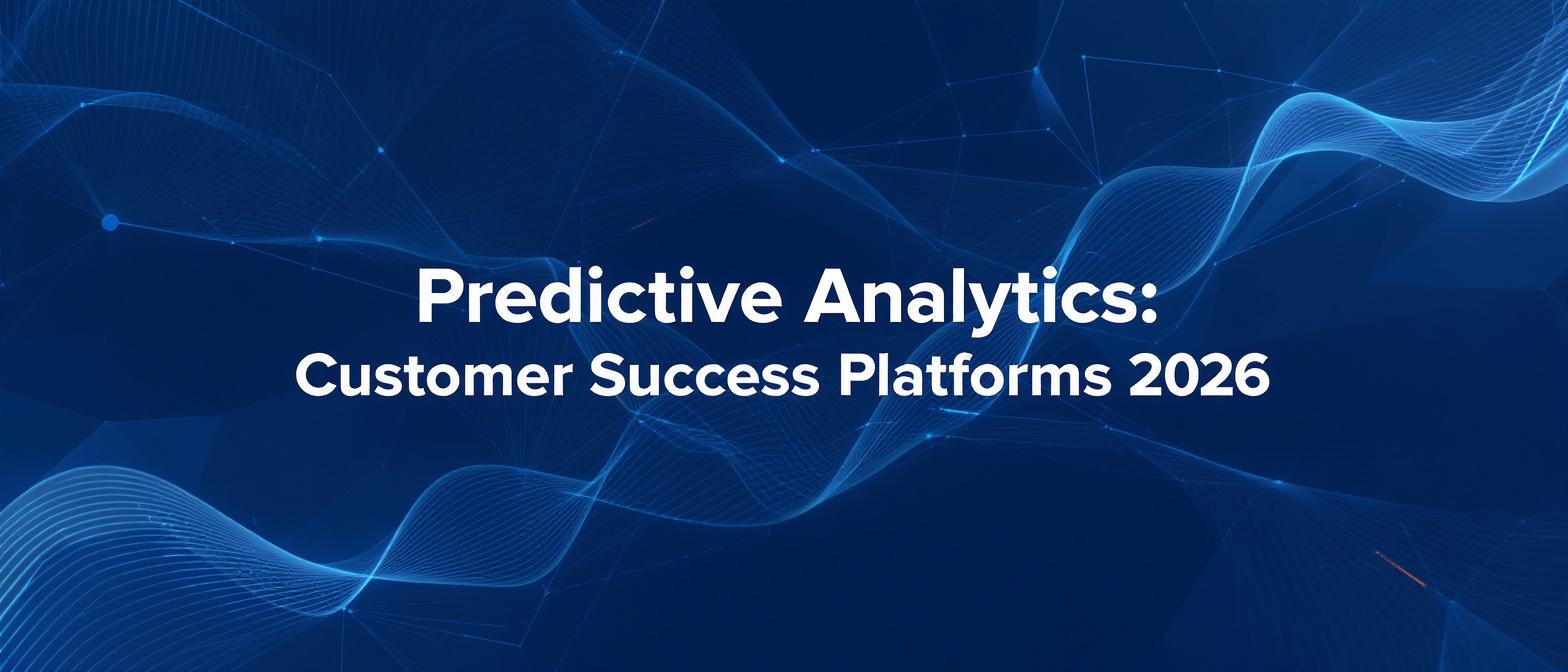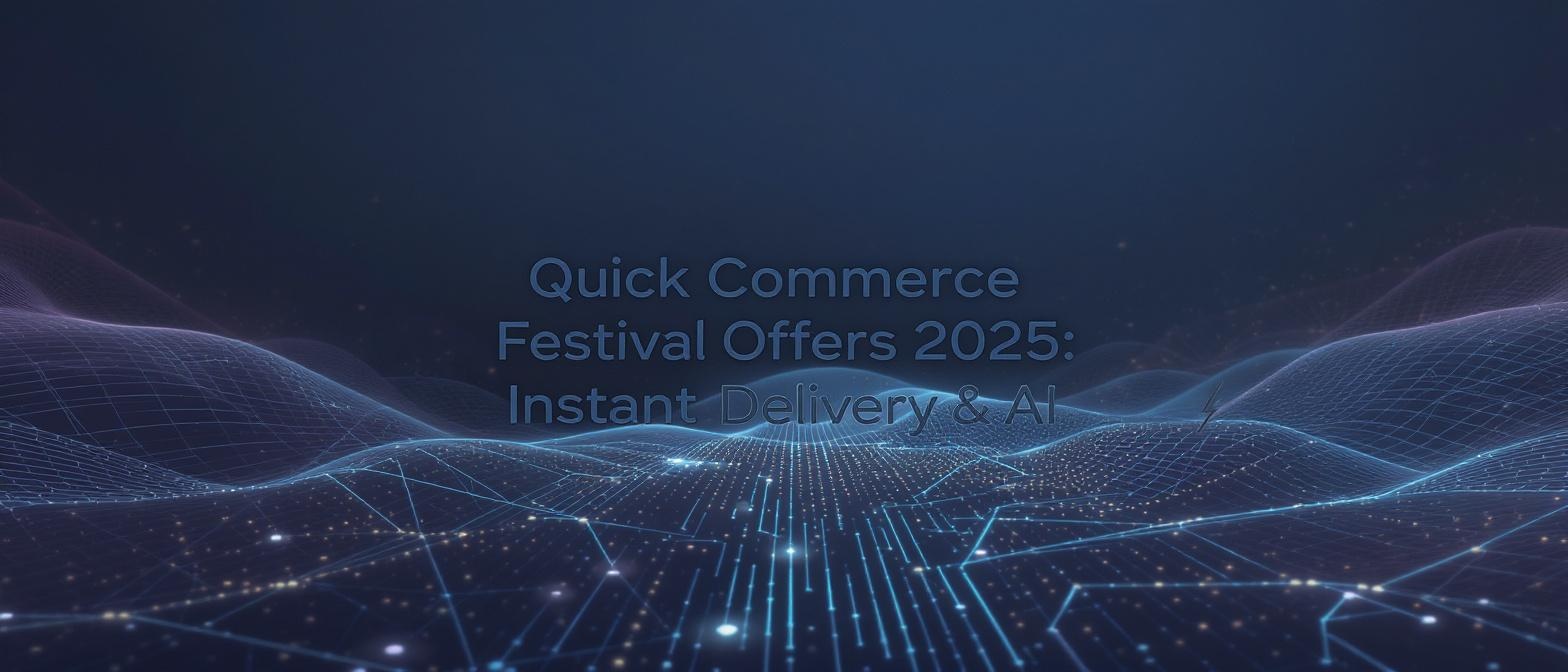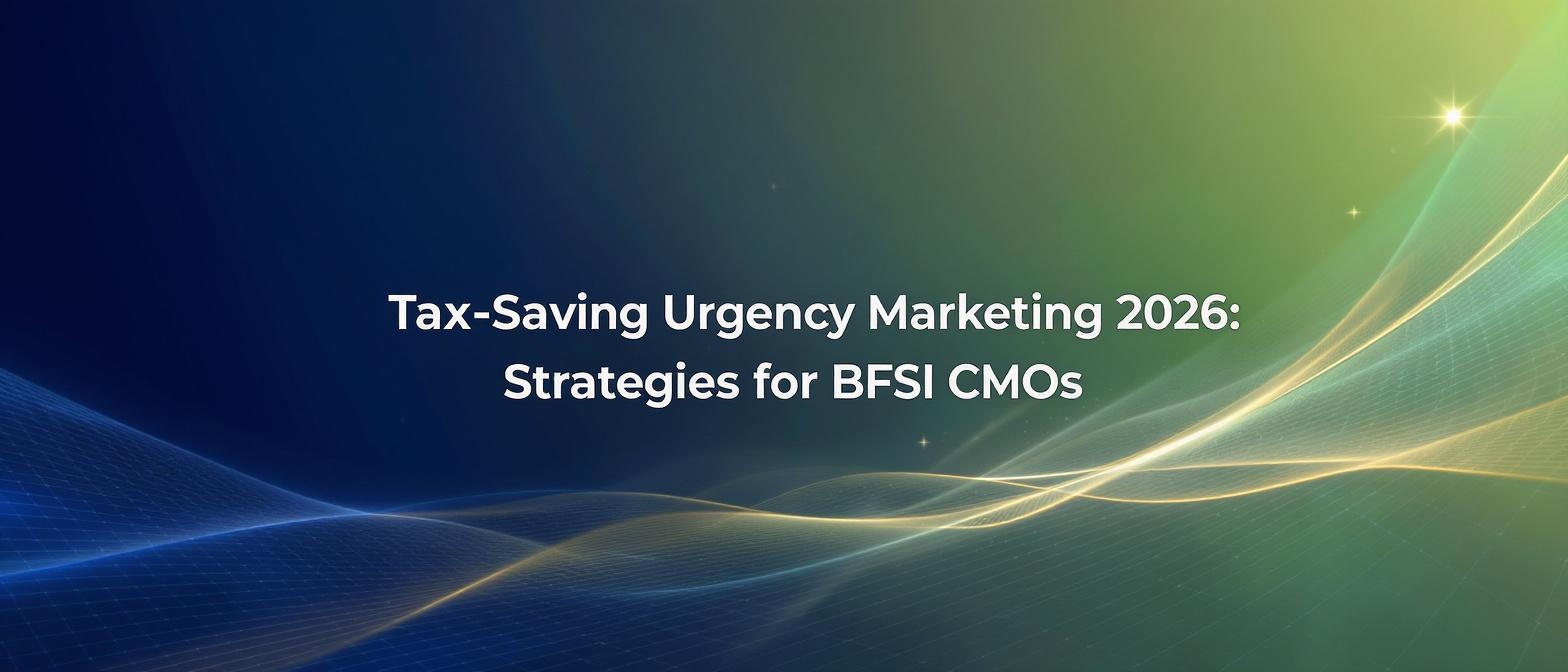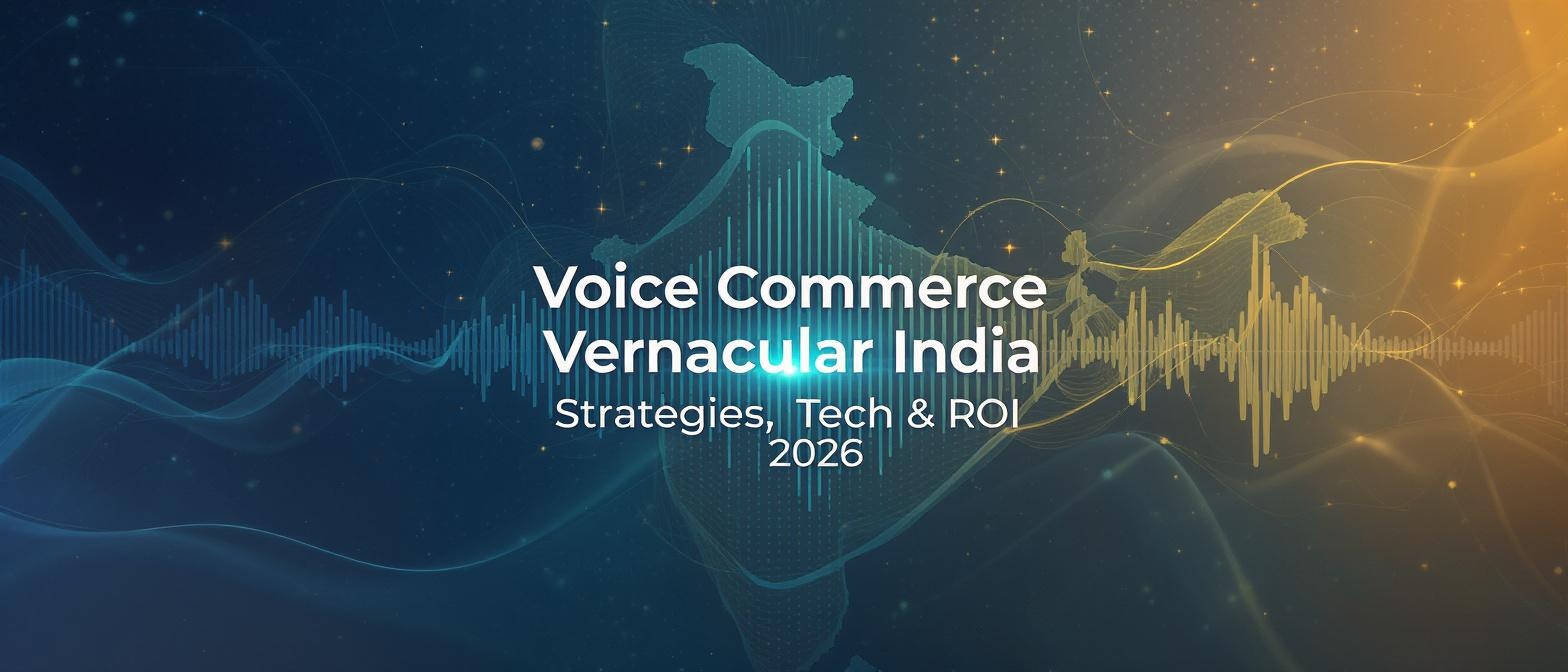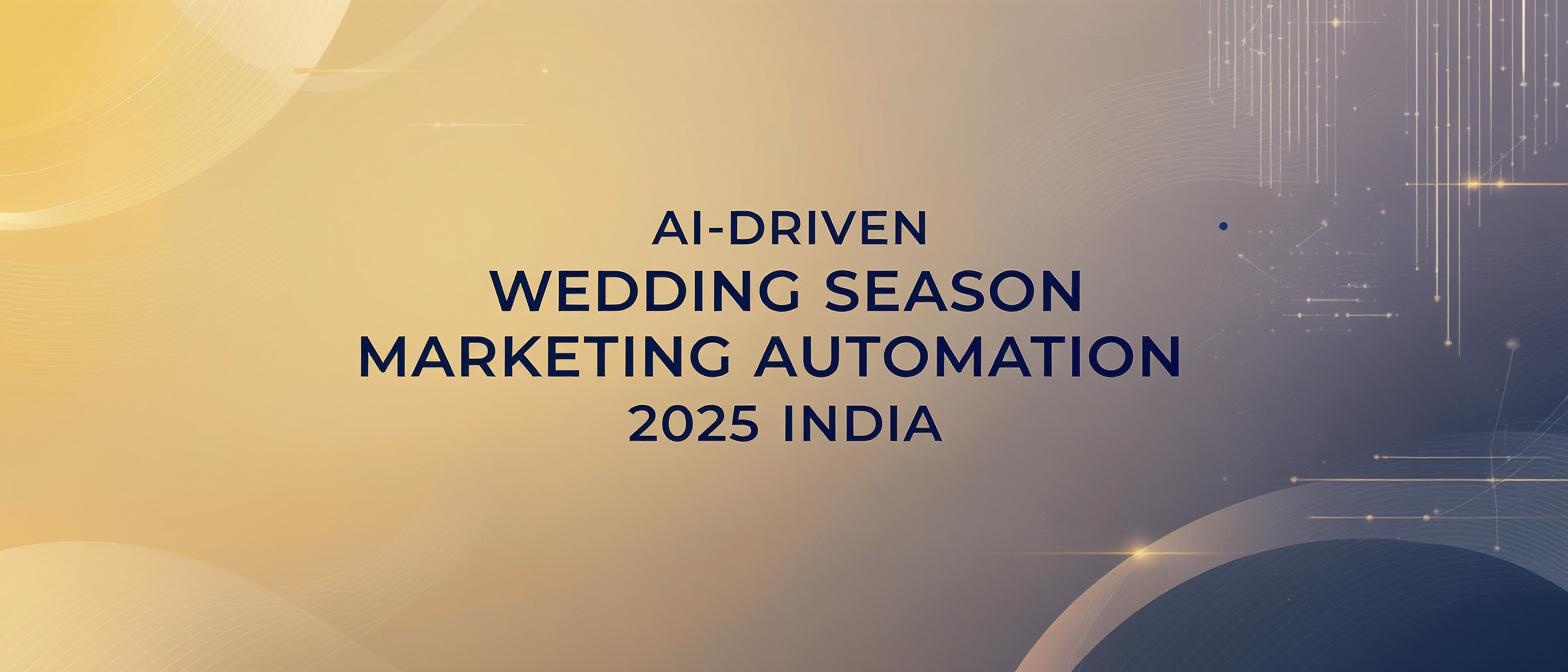Predictive Analytics Customer Success Platforms 2026: Redefining SaaS Retention with AI Video Interventions
Estimated reading time: ~13 minutes
Key Takeaways
- Data-driven predictive analytics is essential for proactive churn prevention.
- AI-powered video campaigns enable personalized, high-impact customer engagement.
- TrueFan AI delivers hyper-personalized videos at scale, cutting churn rates significantly.
- Future trends like emotional analytics and autonomous retention bots will transform SaaS customer success.
The Dawn of a New Era: Predictive Analytics in Customer Success Platforms
In the competitive SaaS landscape, retaining customers is paramount. The old model of reactive support—waiting for a problem to arise before acting—is no longer viable. The future belongs to proactive, data-driven engagement, and its cornerstone is predictive analytics. The integration of predictive analytics customer success platforms 2026 will not just be a trend; it will be the standard for survival and growth.
Predictive analytics uses historical data, machine learning, and statistical algorithms to forecast future outcomes with a high degree of accuracy. Within a customer success context, this means analyzing every digital footprint a user leaves—product usage, feature adoption rates, support ticket history, and engagement patterns—to predict their future behavior. It’s about knowing which customers are at risk of churning long before they ever think of cancelling their subscription.
By 2026, the global predictive analytics market is projected to reach a staggering $28.1 billion, a testament to its transformative power across industries. For SaaS businesses, these customer success platform predictive capabilities are becoming indispensable. They shift the paradigm from guesswork to strategic foresight, allowing teams to make informed decisions that directly impact SaaS retention predictive analytics and, ultimately, the bottom line.
Source: Analytics Vidhya
Source: LaunchNotes
Source: MarketsandMarkets
The Unstoppable Force of AI in Proactive Churn Prevention
Customer churn is the silent killer of SaaS growth. While a “good” annual churn rate hovers around 5-7%, even this can significantly erode revenue over time. Artificial intelligence (AI) has emerged as the most powerful weapon in the arsenal of SaaS churn prevention strategies, transforming raw data into actionable intelligence. Research shows that over 77% of customer success leaders plan to increase their use of AI and automation tools in 2025, signaling a massive industry shift.
AI-driven models analyze vast datasets to identify subtle patterns that precede churn. These sophisticated systems go beyond simple usage metrics to understand the context behind user behavior, enabling highly effective, automated interventions. This is the heart of predictive customer success automation.
Here’s how AI is revolutionizing churn prevention:
- Advanced Risk Identification: Machine learning algorithms continuously sift through customer data—login frequency, feature usage, support ticket sentiment, and NPS scores—to flag at-risk accounts. These models can identify complex, non-linear relationships that a human analyst would miss, providing a highly accurate churn probability score for every single user.
- Hyper-Personalized Support at Scale: Once an at-risk customer is identified, AI automates the intervention. It can tailor messaging, tutorials, or special offers based on the specific reason for the churn risk. For example, a user struggling with a specific feature might automatically receive a personalized video tutorial, while a price-sensitive customer could be sent a targeted discount offer before their renewal date.
- Proactive Issue Resolution: AI doesn't just predict churn; it anticipates the underlying problems. By analyzing usage data across thousands of users, it can identify common points of friction or confusion within the software. This allows customer success teams to proactively create resources, update documentation, or even trigger in-app guidance to resolve issues before they frustrate users and lead to subscription churn prevention AI.
Source: ZapScale
Source: Velaris
Source: Vitally
Enterprise-Level Customer Success: From Data to Dollars
For enterprise-level organizations, the stakes are higher, the customer relationships are more complex, and the data is exponentially larger. This is where enterprise customer success analytics becomes a critical function, moving beyond basic reporting to become a predictive powerhouse that directly influences revenue and growth.
Forecasting Customer Behavior with Precision
Modern customer success platforms leverage predictive analytics to forecast three critical outcomes:
- Churn Likelihood: Identifying which accounts are most likely to attrite in the next 30, 60, or 90 days.
- Renewal Probability: Assessing the health and satisfaction of an account to predict the likelihood of a successful renewal.
- Upsell Propensity: Analyzing product usage and company data to identify which customers are prime candidates for upgrades or cross-sells.
This customer success predictive intelligence allows account managers to prioritize their efforts, focusing on high-value, at-risk accounts or those ripe for expansion.
The Evolution of Customer Health Score Predictive Modeling
A customer health score is no longer a simple, static metric. It has evolved into a dynamic, predictive model that serves as an early warning system. This composite score is calculated by continuously feeding multiple data streams into a machine learning algorithm, including:
- Product Engagement: Frequency of logins, depth of feature adoption, and time spent in-app.
- Support Interactions: Volume of support tickets, resolution times, and sentiment analysis of conversations.
- Customer Feedback: Net Promoter Score (NPS), Customer Satisfaction (CSAT) scores, and survey results.
- Commercial Data: Subscription level, payment history, and upcoming renewal dates.
By analyzing these inputs, the customer health score predictive modeling engine can alert teams to a declining health score in real-time, allowing for timely and context-aware interventions.
Optimizing the Entire SaaS Customer Lifecycle
Predictive insights are not a one-time fix; they are a continuous optimization engine applied across the entire SaaS customer lifecycle predictive optimization process.
- Onboarding: Predictive models can identify users who are struggling during the initial setup phase, triggering automated, personalized guidance to ensure they reach their “first value” moment quickly.
- Adoption: By tracking feature usage, the platform can predict which users are underutilizing the product and nudge them towards features that will deliver more value, deepening their dependency on the solution.
- Renewal: Weeks before a renewal is due, the system can flag accounts with low health scores, allowing the success team to execute a tailored re-engagement campaign to secure the renewal.
- Advocacy: For customers with consistently high health scores, the platform can automatically trigger requests for case studies, testimonials, or reviews, turning happy customers into powerful brand advocates.
The Game Changer: AI-Powered Video Campaigns for Proactive Churn Prevention
Knowing a customer is at risk is half the battle; re-engaging them effectively is the other. Traditional emails and in-app messages are often lost in the noise. This is where AI churn prediction video campaigns are creating a paradigm shift. Generative AI now allows brands to create thousands, or even millions, of hyper-personalized videos that speak directly to each customer.
These aren't generic marketing videos. They are dynamic, data-driven interventions. Platforms like TrueFan AI enable a celebrity, brand ambassador, or even a company’s CEO to address a customer by name, reference their specific situation, and guide them toward a positive action—all generated in real-time by an AI.
Mapping Predictive Retention Video Triggers to Action
The power of this strategy lies in connecting predictive signals to immediate, personalized video outreach. These predictive retention video triggers are the “if-then” logic of modern customer retention.
Common triggers include:
- Significant Drop in Weekly Active Users: If a user’s activity drops by 50% or more, trigger a video from a success manager saying, “Hi [Name], we’ve missed you! Here’s a quick look at a new feature we think you’ll love based on your past activity.”
- Negative NPS Score: A detractor score can trigger a video from a senior leader: “Hi [Name], we’re sorry to hear about your recent experience. Your feedback is crucial, and we want to make things right. Here’s a direct link to my calendar to chat.”
- Upcoming Subscription Expiry for a Low-Engagement User: A month before renewal, send a video: “Hi [Name], as your renewal approaches, we wanted to highlight how [Company Name] has helped you achieve [specific milestone based on their data]. Let’s ensure you continue getting that value.”
- Feature Underutilization: If a user isn’t using a key feature tied to retention, trigger a video tutorial: “Hi [Name], we noticed you haven’t tried out our [Feature Name] yet. Customers who use it report a 30% increase in productivity. Here’s a 60-second guide to get you started.”
Best Practices for Proactive Churn Prevention Videos
To maximize impact, these proactive churn prevention videos must feel personal and authentic. Best practices include having the spokesperson address the customer by their first name, referencing their specific context (like their city or usage history), and providing a clear, compelling call-to-action to re-engage with the product or team. Statistics show that personalized calls-to-action can outperform generic ones by over 200%, making this a critical element for success.
Source: Freshworks
Source: McKinsey
TrueFan’s Enterprise Generative AI Video Solutions for Customer Success
To execute these advanced strategies, SaaS companies need a robust, scalable, and secure generative AI video platform. Here’s a detailed look at the enterprise-grade capabilities that make this possible.
- Hyper-Personalization at Scale: The core of the technology is API-driven personalization. This allows for the real-time insertion of any customer data point—name, city, purchase history, loyalty status—directly into video scripts and even visuals, creating a truly one-to-one experience for millions of users.
- Virtual Reshoots & AI Editing: A revolutionary feature is the ability to edit messaging without reshooting. Using diffusion-based face reanimation, a script can be altered via text, and the AI will generate new, perfectly lip-synced speech. This allows for rapid A/B testing of offers and messaging.
- Multilingual Localization: With TrueFan AI's 175+ language support and Personalised Celebrity Videos, brands can break down language barriers. The technology utilizes advanced voice cloning and lip-syncing to deliver a message in a user’s native tongue, maintaining the original speaker’s voice and cadence for an authentic, localized experience.
- Real-Time Personalization & Delivery: The system is built for speed. With render times under 30 seconds, personalized videos can be generated and delivered instantly via CRM triggers, WhatsApp Business APIs, or email marketing platforms, enabling immediate intervention when a customer shows signs of churn.
- Advanced Analytics & Optimization: A comprehensive analytics dashboard provides deep insights into campaign performance. Metrics include view rates, engagement lifts, and conversion data tied to specific personalization elements, allowing for continuous optimization and a clear understanding of ROI.
- Enterprise-Grade Compliance & Security: Trust is non-negotiable. The platform is ISO 27001 and SOC 2 certified, operating on an explicit consent model. Built-in moderation filters block unapproved content, protecting brand safety and ensuring all campaigns are compliant and secure.
- Consultative Pricing Model: Pricing is designed for scale and partnership. It typically involves a setup fee combined with a per-video cost or CPM (cost per thousand). For example, at a million-video scale, a price of ₹15 per video makes hyper-personalization a highly competitive alternative to traditional mass media spends.
Integrating Predictive Customer Success Automation in SaaS Workflows
The true power of a predictive customer intervention platform is unlocked when it’s seamlessly integrated into existing SaaS workflows. Predictive customer success automation isn’t just about having the tools; it’s about creating an end-to-end, orchestrated system that runs 24/7 to protect and grow revenue.
This automated orchestration involves three key steps:
- Unified Data Ingestion: The platform must pull data from all customer touchpoints—product analytics tools, CRM systems like Salesforce and HubSpot, and support desks like Zendesk—into a single, unified customer profile.
- Automated Risk Scoring and Segmentation: The AI engine continuously processes this data to update churn risk scores and dynamically segment customers into categories (e.g., “High-Value, At-Risk,” “New User, Low Adoption,” “Power User, Upsell Opportunity”).
- Triggered, Multi-Channel Interventions: Based on these segments, the system automatically triggers the most appropriate intervention through the right channel—be it a personalized AI video via WhatsApp, a targeted email sequence, or an in-app message.
This level of behavioral churn prediction automation is what separates market leaders from the rest. When a customer’s usage patterns change or sentiment analysis of a support ticket reveals frustration, the system doesn’t wait for a human to act. It initiates a pre-defined, automated outreach flow designed to resolve the issue and reinforce the value of the product, preventing subscription churn prevention AI from becoming a manual, reactive task.
Real-World Impact: Case Studies in Proactive Engagement
The theory is compelling, but the real-world results are what truly matter. Solutions like TrueFan AI demonstrate ROI through measurable uplifts in engagement, conversion, and retention.
- Zomato’s Mother's Day Campaign: The food delivery giant generated 354,000 personalized videos in a single day. Bollywood celebrities greeted users’ mothers by name, creating a viral social media moment. The result was a record number of orders and a massive boost in brand loyalty.
- Goibibo’s Personalized Travel Nudges: To re-engage users who abandoned a travel search, Goibibo sent WhatsApp videos featuring cricketer Rishabh Pant. The videos mentioned the user’s name and destination, leading to a 17% higher message read rate and a notable conversion uplift compared to standard reminders.
- Hero MotoCorp’s Hyper-Local Festive Greetings: The automotive brand delivered 2.4 million personalized Diwali videos featuring celebrities. Each video mentioned the customer's name and their specific local dealership, driving a surge in visits to service camps.
- Cipla’s B2B Relationship Building: In a powerful B2B use case, pharma company Cipla sent 6,400 bespoke videos from actress Vidya Balan to doctors, thanking them by name and city. This highly personal gesture strengthened critical relationships and generated immense goodwill.
Beyond 2026: The Future of Customer Success and Recommendations for Adoption
The world of predictive analytics customer success platforms 2026 is just the beginning. The convergence of predictive analytics and generative AI is paving the way for an even more intelligent, autonomous, and personalized future.
Emerging Trends on the Horizon
- Real-Time Emotional Analytics: AI will soon be able to analyze a user’s tone of voice in a support call or their typing patterns in a chat to gauge their emotional state in real-time, allowing for instant empathetic adjustments in communication.
- Fully Autonomous Retention Bots: AI-powered bots will manage the entire retention lifecycle for certain customer segments, from identifying churn risk to executing multi-step re-engagement campaigns and even negotiating renewal terms.
- Omnichannel Predictive Video Experiences: Personalized video will move beyond email and WhatsApp. Imagine in-app video messages that adapt mid-view based on user clicks, or digital billboards in a retail store that greet a loyalty member by name.
Recommendations for Adoption
- Assess Your Data Maturity: Predictive analytics is only as good as the data it’s fed. Invest in strong data operations to ensure you have clean, unified, and accessible customer data.
- Start with a Pilot Program: Begin with a small-scale predictive video campaign targeting a specific, high-value customer segment. Define clear KPIs to measure ROI.
- Partner with a Specialized Platform: Building an in-house generative AI video engine is complex and resource-intensive. A proven, enterprise-grade platform offers cutting-edge technology and rapid scalability.
The era of predictive customer success is here. By embracing data, automation, and the unparalleled power of personalized video, SaaS businesses can not only prevent churn but also build deeper, more meaningful relationships that drive loyalty and growth for years to come.
Frequently Asked Questions
1. What kind of data is needed to start with predictive analytics for customer success?
At a minimum, you need historical data on customer behavior. This includes product usage data (logins, features used, session length), CRM data (subscription level, company size, contract value), and support data (ticket volume, resolution times). The richer and cleaner the data, the more accurate the predictive models will be.
2. How does a predictive customer success platform ensure the privacy and security of our customer data?
Leading platforms are built with a security-first mindset. Look for certifications like ISO 27001 and SOC 2, which are industry standards for data security management. Data should be encrypted both in transit and at rest, and the platform should operate on a strict consent-based model, ensuring customer data is never used without explicit permission.
3. What is the typical ROI we can expect from implementing AI-driven video campaigns?
While ROI varies, it’s often significant and measurable across several key metrics. Case studies have shown direct conversion uplifts (for example, 17% increase for Goibibo), higher engagement rates, and a measurable reduction in churn for targeted segments. The key is to run pilot programs with clear KPIs to establish a baseline and track improvement.
4. How long does it take to launch a personalized video campaign?
The timeline can be surprisingly fast with the right platform partner. Once the creative concept is finalized and a single video shoot is completed, the AI models are trained. Integration via API can be done in parallel, allowing a full-scale campaign to be launched in a matter of weeks, not months.
5. How do platforms like TrueFan AI handle the ethics of generative AI, such as consent and preventing deepfakes?
Ethical operation is paramount. A responsible platform like TrueFan AI operates on a consent-first model, meaning every celebrity likeness is used under a formal, explicit contract for specific campaigns. Furthermore, robust content moderation systems are built in to block the generation of unapproved or offensive content, preventing the technology’s misuse.

